Football
Gleeson and Dickey May Have a Key to Success in the OSU Rushing Attack
Pin-and-pull blocking schemes may become more prevalent in the Cowboy offense.
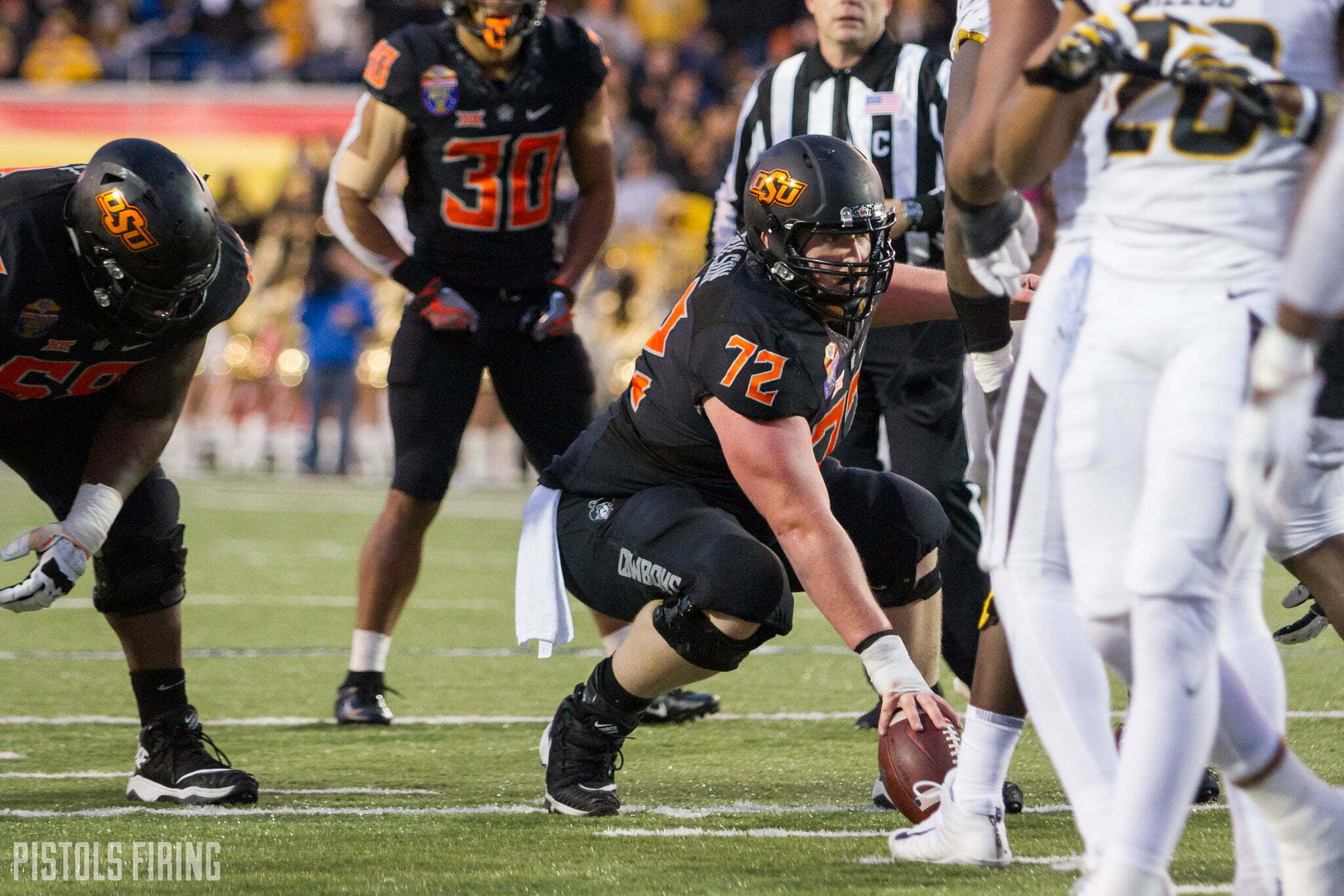
After Oklahoma State’s hiring of new offensive coordinator Sean Gleeson and new offensive line coach Charlie Dickey, I discussed some of the similarities between the two in terms of style of play. One of the topics I covered was the use of pin-and-pull blocking schemes, and the fact that both of these guys have found success with these plays in their rushing attacks.
As I was covering several different blocking schemes in the previous article, I wanted to dive a little deeper into the pin-and-pull and how this could benefit OSU against some of the toughest defenses in the Big 12.
So, what does pin-and-pull blocking consist of?
Basically, if there is a defender lined up directly in front of an offensive lineman or shaded to that offensive lineman’s inside shoulder, that particular lineman will “pin”, meaning he would block that particular defender. If an offensive lineman is uncovered, then he would pull. See an example of Kansas State running a pin-and-pull scheme with the quarterback below.
Under Mike Yurcich, the Cowboys ran some pin-and-pull blocking concepts, but they were more of a zone blocking team. When they did pull lineman, it was mostly to run Power.
Now that I’ve briefly explained the pin-and-pull, I want to talk about why it could benefit the Pokes moving forward. As we’ve seen in recent years, Big 12 defenses are starting to heavily implement the Tite Front. SBNation’s Ian Boyd does an excellent job of explaining just what this means.
“The premise is simple, by using a normal zero nose tackle and then DEs playing on the “inside eye” of the offensive tackles the defense can cancel out the A-gap and both B-gaps AND offer up resistance to the offense’s best athletes (the tackles) from getting downfield and picking off linebackers.
The design of the front allows the defense to play with five or even four defenders in the box which negates the ability of the offense to spread them out on the perimeter and beat them in space. It also lends itself easily to sub-packages as the D can match the offense’s inside receivers.” [SBNation]
Below is an image of what the Tite Front looks like.

In the Big 12, we see Iowa State and Texas running this front as their primary defensive formation, and doing so very successfully. Oklahoma State has had issues finding success on the ground against these two teams over the past couple of years. A lot of this is due to not being able to exploit the Tite set.
However, the pin-and-pull scheme can be run successfully against this front as it creates different angles to attack the defense and opens additional gaps that the defenders aren’t always expecting to cover. As you can see from the image above, the offensive tackles can “pin” the 4i technique defensive tackles and the guards are still able to pull around the outside. You see an example of this from OSU in their 2017 matchup with the Cyclones below.
This wasn’t really Yurcich’s primary style of running the ball at Oklahoma State — whether that was due to offensive line personnel or his personal preference — which is why I don’t think we saw it as much during his tenure. But, as you can see, it can be successful against the Tite front due to this blocking schemes ability to create angles.
One thing you do have to have though to successfully implement pin-and-pull schemes is athletic pulling offensive linemen, mainly centers and guards. This will have to be something Dickey and Gleeson focus on if they want to run pin-and-pull plays at an efficient rate. I’m not sure if the Cowboys are in that position for 2019, but with the way they’ve been recruiting recently, I definitely believe they can get there. In my opinion, this would definitely be a positive for the Cowboy ground attack moving forward.

-
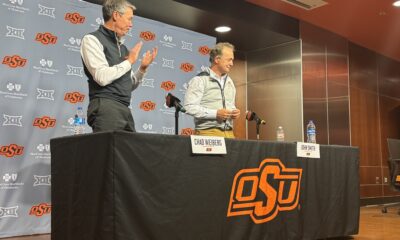
 Wrestling5 days ago
Wrestling5 days agoThe Top 5 Quotes from John Smith’s Retirement News Conference
-
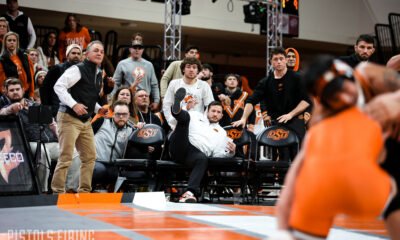
 Wrestling3 days ago
Wrestling3 days agoOSU Wrestling: How John Smith Started a Tradition of Late-Night Workouts For Cowboys Seeking World Glory
-
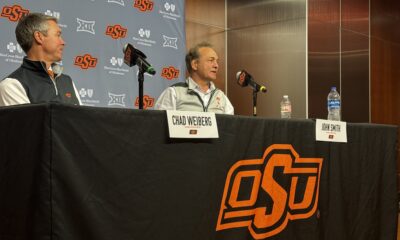
 Wrestling4 days ago
Wrestling4 days agoOSU Wrestling: The Impact John Smith Had on His Final Boss, Chad Weiberg
-
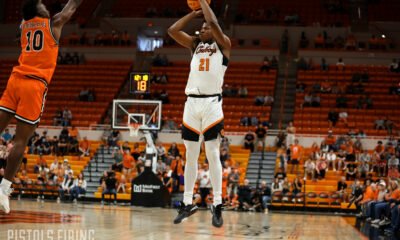
 Hoops5 days ago
Hoops5 days agoJustin McBride Enters Transfer Portal






